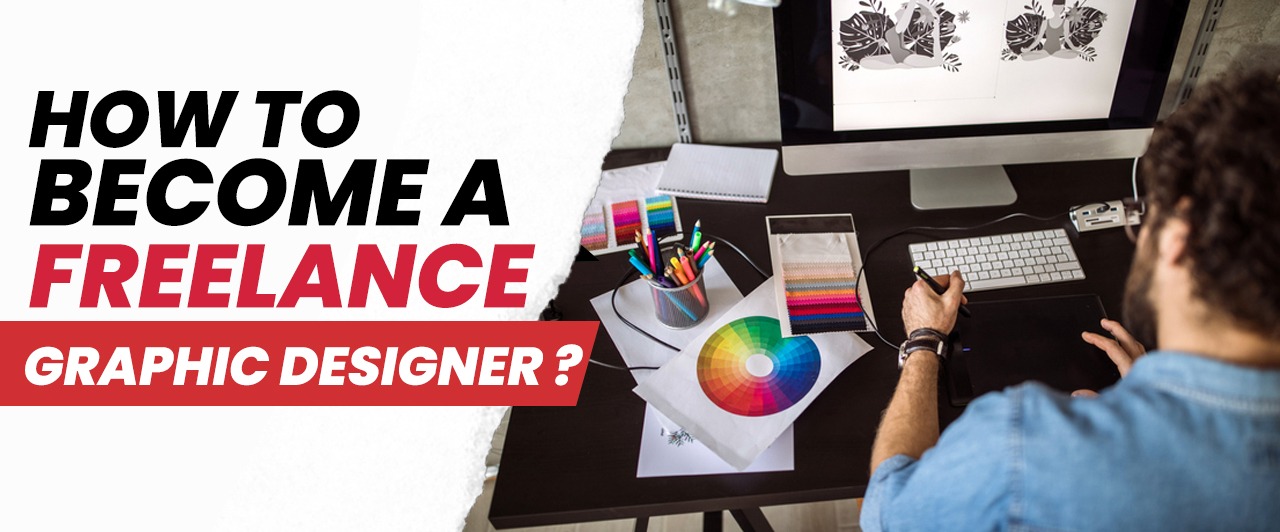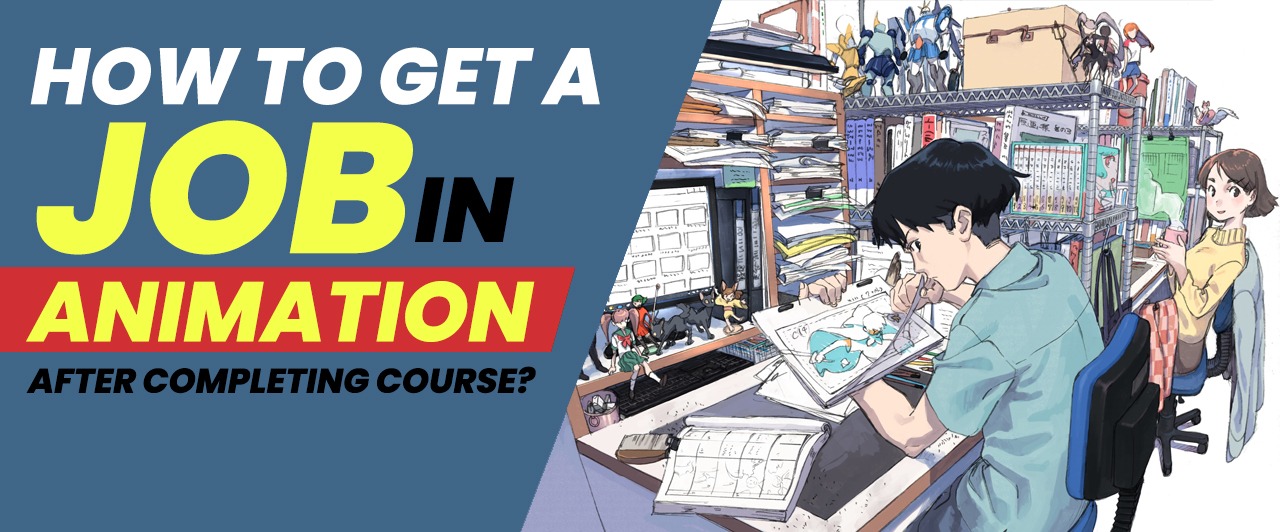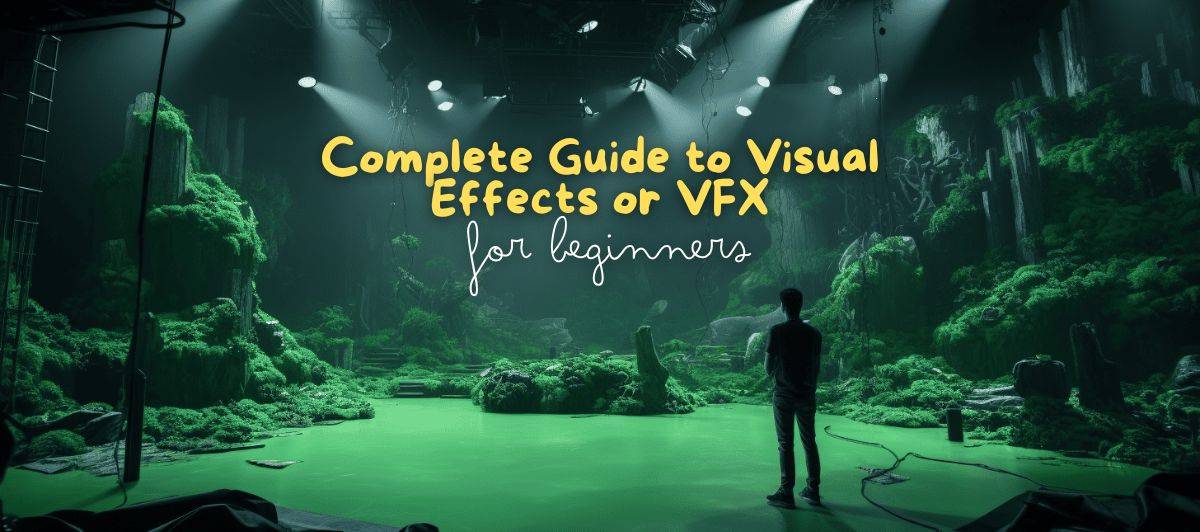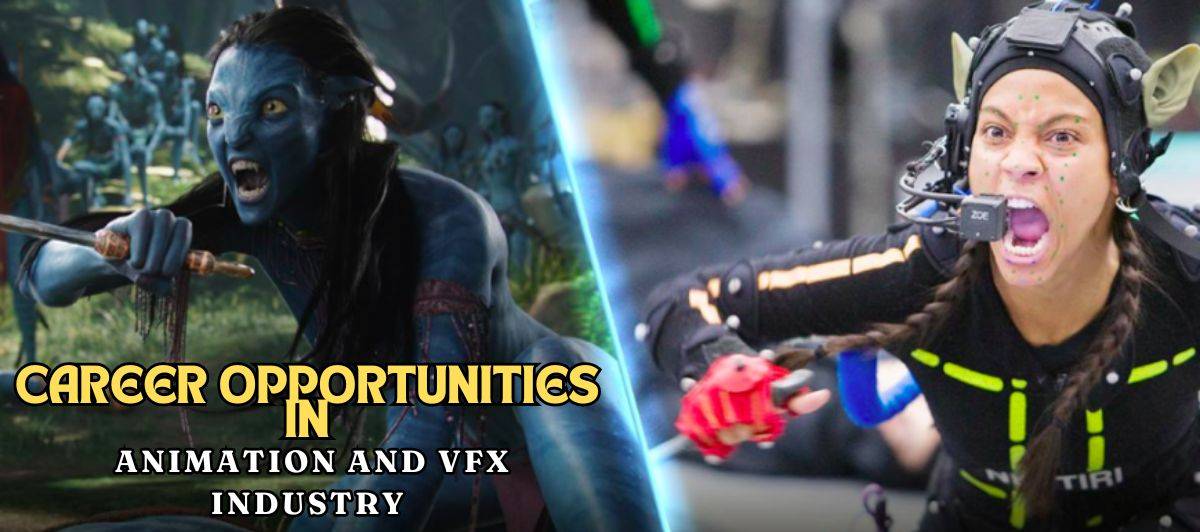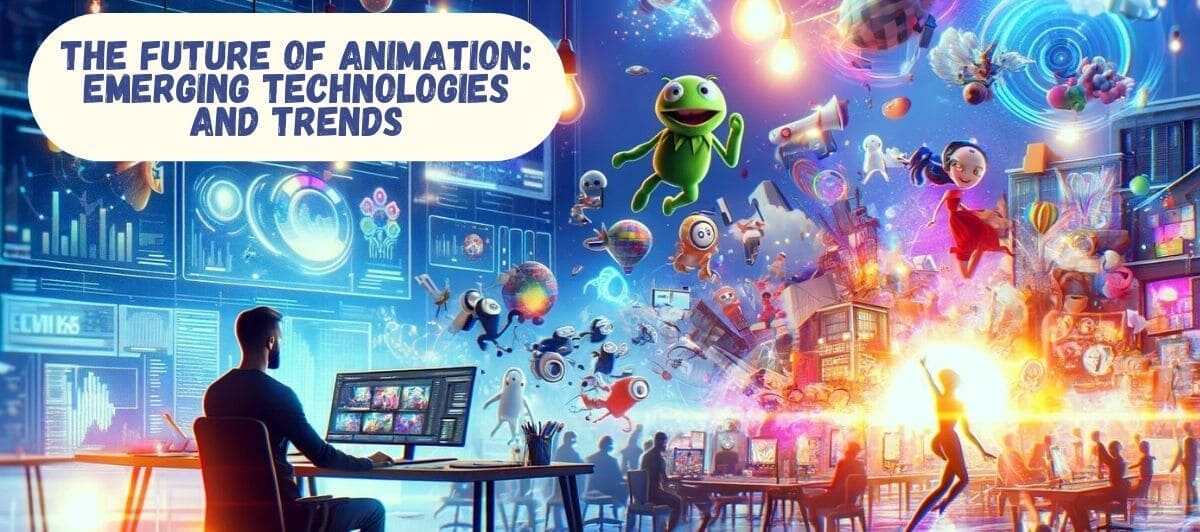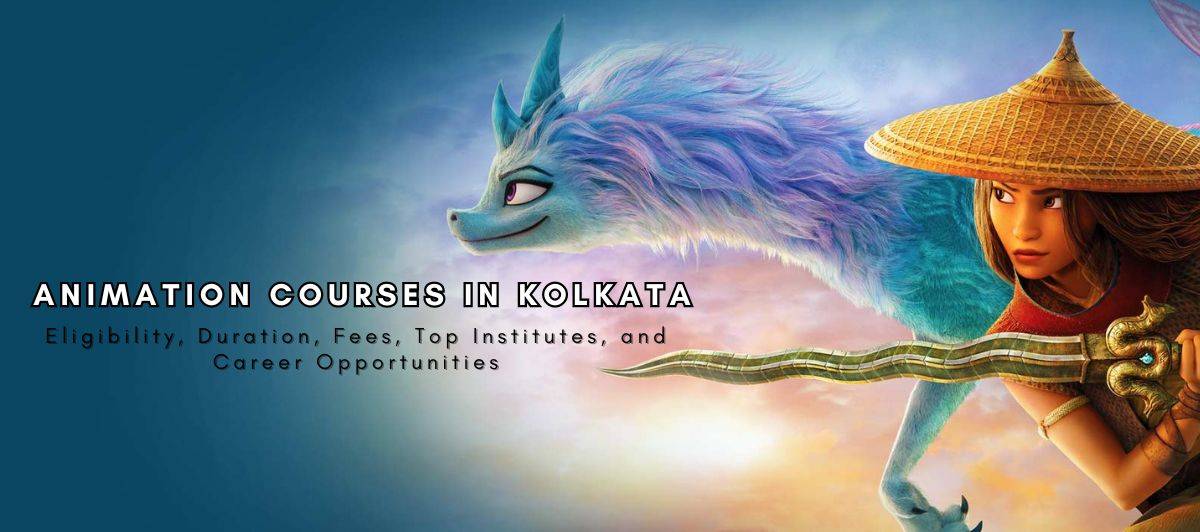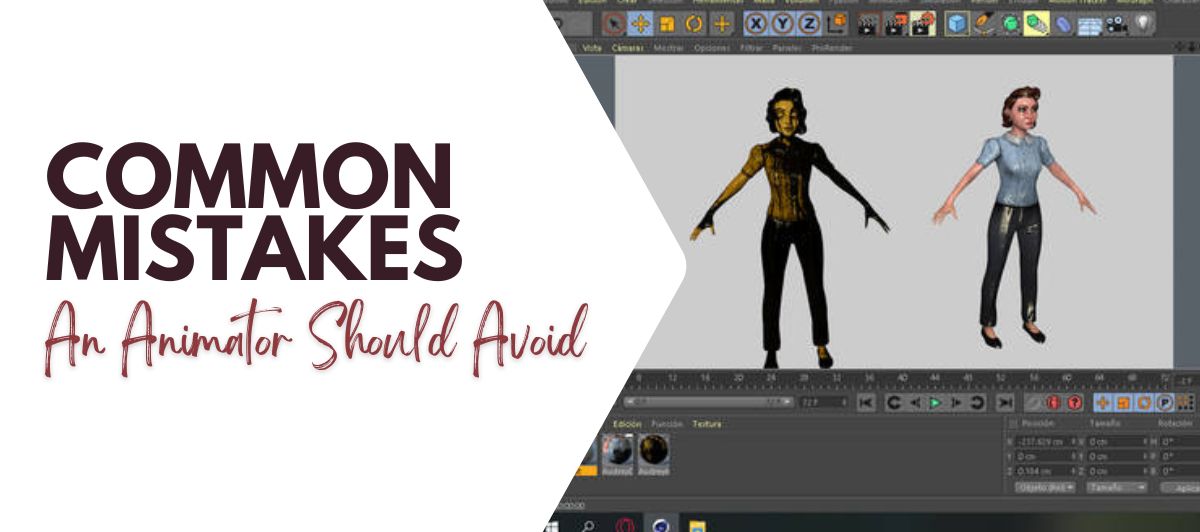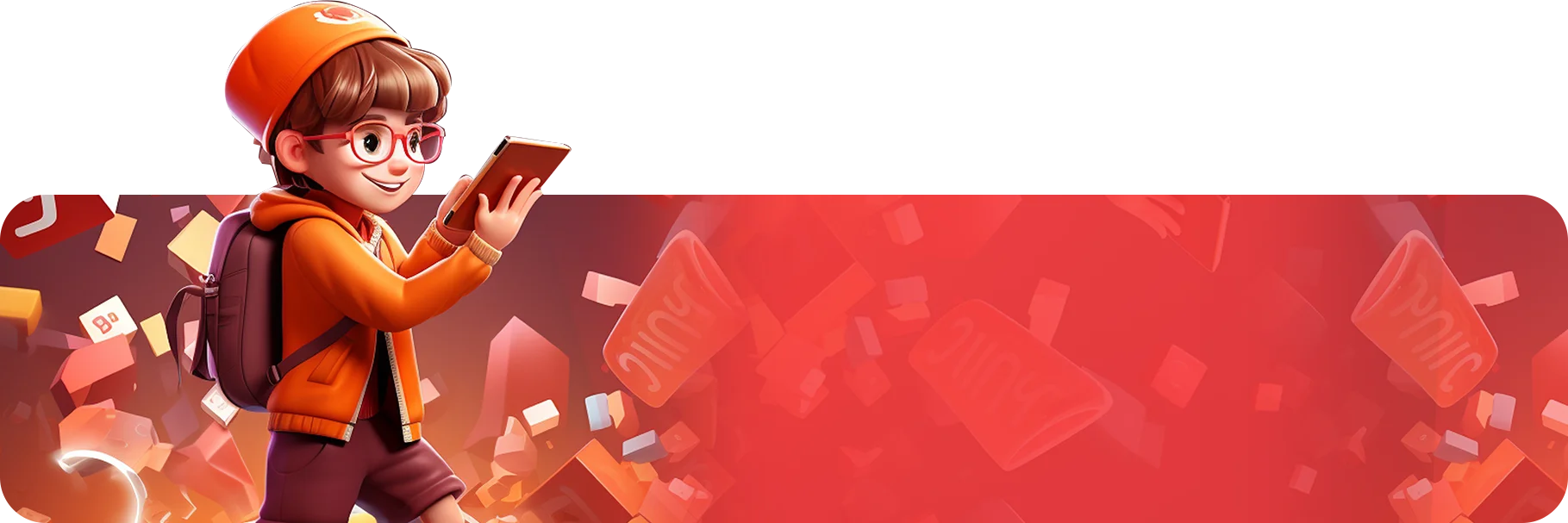How To Become A Freelance Graphic Designer..?
Graphic design is a creative process that involves the use of visual elements, such as images, typography, and colors, to communicate a message or idea to a specific audience. It encompasses a wide range of design disciplines, including print design, digital design, branding and identity design, advertising design, and packaging design.
The goal of graphic design is to create visually compelling and effective designs that capture the attention of the viewer and communicate a message clearly and effectively. A graphic designer must consider the needs and preferences of the target audience, the intended message, and the medium in which the design will be presented.
Graphic design is used in various industries, including advertising, marketing, publishing, and entertainment. It is a crucial aspect of any business or organization that wants to effectively communicate with its audience and build a strong brand identity and marketing strategy. With the rise of social media and e-commerce platforms, the demand for graphic design services has skyrocketed. This has created a lucrative opportunity for individuals who are interested in pursuing a career as a freelance graphic designer. However, in order to learn graphic design, one requires a specific set of skills that can only be obtained through practice and experience.
In this blog, you will know the steps to become a successful freelance graphic designer.
1.Research
Before diving into any field, it’s essential to research and gather as much information as possible. Research different graphic design tools and techniques. Also research on different graphic design institutes in Kolkata and also looked into different design styles, trends, and the overall design industry. Follow industry experts on social media and attended local design events to learn more about the field. This will help you to get a better understanding of what graphic design is all about to become a successful graphic designer.
2. Learning the Basics
It is important to understand the design principles, such as color theory, typography, and layout. The principles of design are the basic building blocks of any design, and they include balance, contrast, emphasis, movement, pattern, repetition, proportion, and unity. Spend a considerable amount of time learning and practicing these principles, as they are fundamental to creating effective designs. Study the elements of design, such as color, line, shape, texture, and space, and learned how to use them to communicate different emotions and ideas.
3. Courses on Graphic Design
There are also several online platforms that offer courses on graphic design. Some of the most popular ones are Udemy, Skillshare, and Lynda. These platforms have a vast selection of courses, ranging from beginner to advanced levels but these courses offer limited interaction and so it may be difficult to know about the progress you are making.
So, for the beginner, It is suggested to join an institute which will provide hands on learning and direct interaction with mentors along with practical experience to improve your design skills.
4. Software
One of the most challenging aspects of teaching yourself graphic design was learning the software. Graphic design software, such as Adobe Photoshop, Illustrator, and In Design can be complex and overwhelming for beginners. These software tools are the industry standard for graphic design, and it’s essential to have a good understanding of them. This is why it is very important to join a good institute whereby you could master the software with the help of mentors. The graphic design course fees in Kolkata is also very competitive if you look at institutes like Arena Animation, Zee Education etc.
5. Typography
Another aspect of graphic design that you have to learn was typography. Typography is the art of arranging type to make written language legible, readable, and appealing when displayed. It is an essential aspect of graphic design, and it can make or break a design. Also learn about different typefaces, font families, and typography rules. Learn how to choose the right typeface for a particular design, how to create hierarchy and contrast with typography, and how to use typography to communicate different emotions.
6. Practice, Practice, Practice
Learning the basics and taking a course in graphic design is essential, but it’s not enough to become a successful graphic designer. To master graphic design, you need to practice, practice, and practice. Start by creating designs for personal projects, such as designing a logo for a friend’s business or creating a social media post for a local event. Practice designing different types of content also like business cards, and flyers for friends and family. This helped us to understand the process of designing, from ideation to execution. Learn how to communicate with clients and gather their requirements, how to research and analyze the competition, and how to create designs that align with the brand’s vision and values. This will help you to get hands-on experience and develop your design skills.
7. Building a Portfolio
It is very important of having a portfolio as a graphic designer. A portfolio is a collection of your best work, and it is essential for showcasing your skills and attracting clients. Create a portfolio showcasing your best designs. Create case studies for each project, explaining the design process, the client’s requirements, and the results. A well-designed portfolio can set a graphic designer apart from their competitors and demonstrate their expertise in their field. Share your portfolio on social media and design communities like Instagram and Behance. This will help you to gain more exposure and attract more clients.
8. Networking
Networking is another essential aspect of becoming a successful freelance graphic designer. Attend local design events and conferences to meet other designers and learn from them. Join online design communities, such as Dribbble and Behance, to connect with other designers and share your work. Networking will help you to learn new design techniques and get valuable feedback on your work.
9. Pricing
One of the most significant challenges you will face as freelance graphic designers is the pricing of services. Pricing as a freelance graphic designer can be challenging, especially when you are starting. Research different pricing models, such as hourly rates, fixed rates, and project-based rates. Analyze your competition and compared their pricing with your skills and experience.
10.Building a Client Base
Once you have a solid portfolio and a network of designers, you can look for clients. Reach out to local businesses and offered your design services. Create a profile on freelance platforms like Upwork and Fiverr to find clients online. It’s essential to have a clear understanding of your target audience and to tailor your portfolio and marketing efforts to attract them.
11. Continuous Learning
The design industry is constantly evolving, and it’s essential to stay up-to-date with the latest design trends and techniques. Make it a point to keep learning and growing as a designer. Attend design conferences and workshops, and also follow design blogs and podcasts to stay updated on the latest trends and techniques.
In conclusion
becoming a successful freelance graphic designer requires a combination of skills, experience, and hard work. It’s essential to have a solid understanding of design as well as practice a lot on the software and build a good portfolio of your work. It is suggested that you join a good institute to join a graphic designing course in Kolkata and become a successful freelance designer with dedication, hard work, and a willingness to learn and improve.
![]() May 4, 2023
May 4, 2023
![]() By Admin
By Admin
![]() course in graphic design,Graphic Design Course Fees in Kolkata,Graphic Design Institute in Kolkata,graphic designing course in kolkata,LEARN GRAPHIC DESIGN,
course in graphic design,Graphic Design Course Fees in Kolkata,Graphic Design Institute in Kolkata,graphic designing course in kolkata,LEARN GRAPHIC DESIGN,
